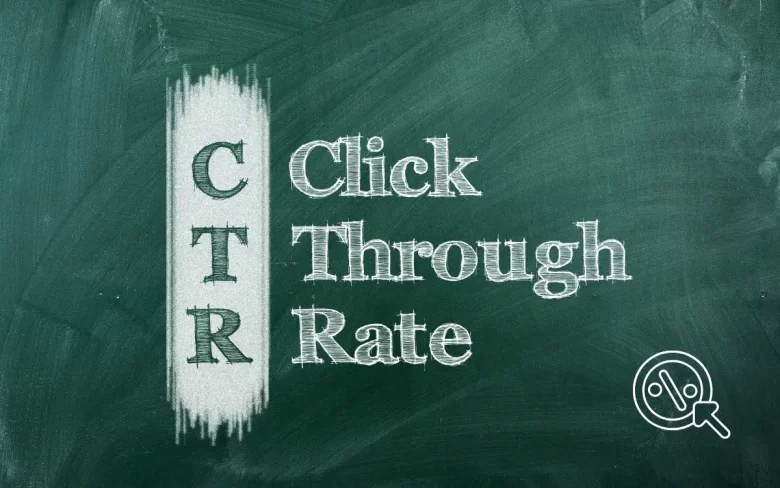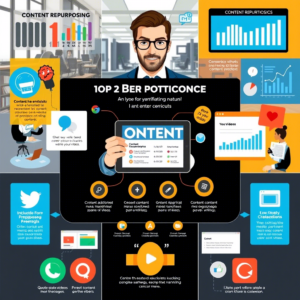In the World of Digital Marketing, Many Acronyms Can Be Confusing for Beginners. Terms like SEO, CPC, CTR, and ROI may seem complicated at first, but understanding these concepts is essential for creating successful campaigns.
In this article, you’ll learn the main acronyms in digital marketing in a clear and straightforward way, with practical examples to apply in your daily routine. Let’s get started!
What Are Acronyms in Digital Marketing?
Acronyms are abbreviations that represent technical terms used in the field of digital marketing. They help describe processes, metrics, and strategies in a more practical way. Knowing what each acronym means allows you to better track your campaign results and make more informed decisions.
Main Acronyms in Digital Marketing
SEO: Search Engine Optimization
SEO stands for “Search Engine Optimization.” It is the process of adjusting a website’s content so that it appears at the top of search results on Google and other search engines. When you search for something, Google shows pages it considers most relevant. SEO helps your website become one of them.
Practical Example:
If you have an online clothing store and want people to find it when they search for “buy cheap clothes,” you need to optimize your pages with related keywords, such as “buy cheap clothes online.”
CPC: Cost Per Click
CPC is the amount you pay every time someone clicks on your online ad. It is a common metric in paid ad campaigns, such as on Google Ads or Facebook Ads.
Practical Example:
If you have an ad on Google Ads and each click costs $2, that is your CPC. If the ad receives 100 clicks, you’ll pay $200.
CTR: Click-Through Rate
CTR is the click-through rate an ad or link receives compared to the number of times it was displayed. It’s an important metric for evaluating the success of an advertising campaign.
Practical Example:
If your ad was shown 100 times and received 10 clicks, your CTR is 10%.
ROI: Return on Investment
ROI stands for “Return on Investment” and is used to measure the profit generated by a campaign compared to the amount invested. It’s essential for understanding whether your campaigns are profitable.
Practical Example:
If you spent $1,000 on a digital marketing campaign and generated $2,500 in sales, your ROI is 150%.
CPM: Cost Per Thousand Impressions
CPM refers to the cost you pay for every 1,000 impressions of your ad. This metric is common in brand awareness campaigns, where the goal is to have as many people as possible see the ad.
Practical Example:
If your CPM is $20, you’ll pay $20 for every 1,000 times your ad is displayed.
CPL: Cost Per Lead
CPL is the amount you pay for each lead generated through your campaigns. A lead is a potential customer who has shown interest in your product or service, usually by filling out a form or signing up for a newsletter.
Practical Example:
If your campaign generated 50 leads and you invested $500, your CPL is $10 per lead.
Social Media-Related Acronyms
SMM: Social Media Marketing
SMM refers to marketing strategies conducted through social media platforms like Facebook, Instagram, LinkedIn, and TikTok. The goal is to increase brand visibility and engage the audience with relevant content.
KPI: Key Performance Indicator
A KPI is a key performance indicator. It helps measure the success of a campaign or strategy. Each business can have its own KPIs, such as the number of sales, clicks, or conversion rate.
Practical Example:
If your goal is to increase sales, a good KPI could be the number of purchases made from a digital marketing campaign.
Conclusion
With so many acronyms in digital marketing, it’s easy to feel overwhelmed at first. However, understanding these terms is crucial for the success of your online strategies. Now that you know the main acronyms, you can apply this knowledge and closely monitor your campaign results.
FAQ
- What does SEO mean?
SEO means Search Engine Optimization, the practice of improving a website’s ranking in search results. - What’s the difference between CPC and CPM?
CPC is the cost per click on an ad, while CPM is the cost per thousand impressions or ad displays. - What is ROI in digital marketing?
ROI measures the financial return you gain compared to the amount invested in a marketing campaign. - What is CTR?
CTR (Click-Through Rate) is the rate at which an ad or link is clicked compared to the number of times it is displayed. - What does KPI stand for?
KPI means Key Performance Indicator, a metric used to measure the success of a strategy or campaign. - Why is CPL important?
CPL (Cost Per Lead) is an important metric to assess how much it costs to generate a potential customer through your marketing campaigns. - How can you improve an ad’s CTR?
You can improve CTR by creating more relevant and attractive ads, optimizing text and visuals, and better targeting your audience.




